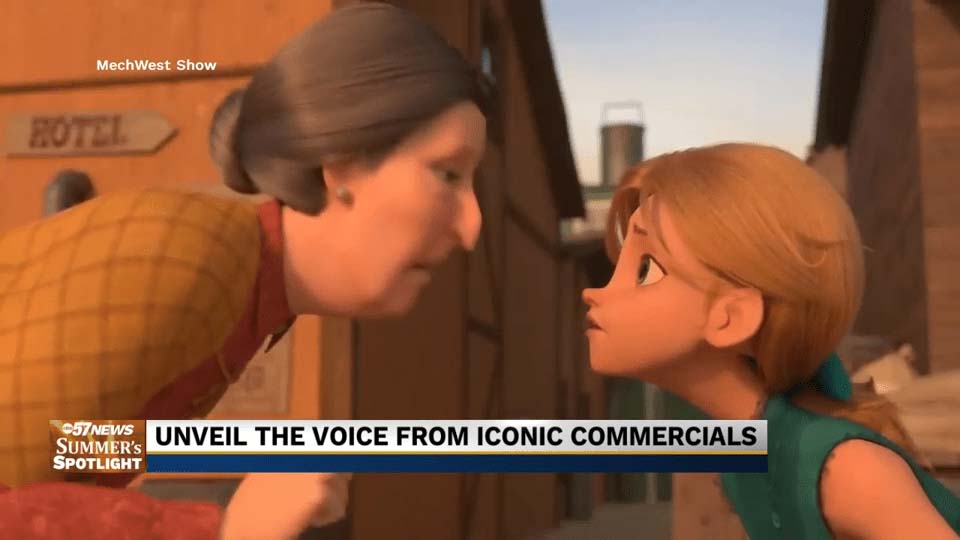If you’ve ever been captivated by automotive commercials while relaxing on your couch, you know how much the right voice can make you dream about hitting the open road in a shiny new car. In the exciting world of voiceover, the automotive commercials are where the magic really happens. It’s where voice actors get to blend practicality with the imagination of the audience, helping everyone to picture themselves behind the wheel. Voiceover gigs in commercials are the golden tickets for voice actors. They’re not just about pushing products; they’re about making a genuine connection. To really resonate, a voiceover needs to feel like a conversation, not a sales pitch. Voice actors need to be versatile, able to switch up their tone on the fly, and truly visualize who they’re talking to. This helps turn a simple message into a real, relatable chat.
Steering Emotions: Automotive Commercials
When it comes to car ads, the voice behind the scenes has a big job. These commercials are more than just selling a car; they’re selling a lifestyle. The voice needs to sound warm and trustworthy, kind of like a friend telling you about a great restaurant. Automotive commercials need to deliver a sense of excitement and empowerment. Buying this car isn’t just a purchase—it’s a passport to adventure. It is something to be lived! In the competitive car industry, a memorable voiceover can make all the difference. Voice actors don’t just list features; they evoke feelings of speed, safety, and pride. They help you imagine the thrill of driving down an open road and the comfort of knowing your car’s got your back. The right voice can make you feel the luxury of the car’s interior and the pride of ownership, all before you even visit a dealership.
Navigating Automotive Commercial Voiceover
So do we just show up at a studio (Or in your own booth) and read the lines on the paper? Absolutely not. The usual conversational truths and skills associated with the commercial genre are still president in automotive. Genuinity and truth are always paramount in voice acting. The conversational skill does have some crossroads to explore from a performance perspective. For example, A conversation is organic, and the tone of that conversation is dependent on the subject. Imagine these two scenarios, first of all, talking about the loss of a loved one is going to sound and feel sad. Whereas the engagement of a friend or relative is going to sound and feel joyous. The voice actor needs to lean into these emotions whilst delivering them in a conversational manner.
Wrapping up Automotive Commercials
As voiceover work continues to evolve, automotive commercials remain a standout area. The skilled voice actors in this field do more than just talk about cars. They craft a narrative that makes every drive seem like an adventure and every car a keeper of future memories. In the world of automotive commercials, it’s not just about getting from point A to B. it’s about the experience and emotions along the way, brought to life by the voice that guides you. So, the next time you hear a voice in a car commercial, listen to the dreams and adventures they’re inviting you to join. It’s about so much more than just a car!
The Road Ahead: Automotive Commercials by Debbie Grattan











